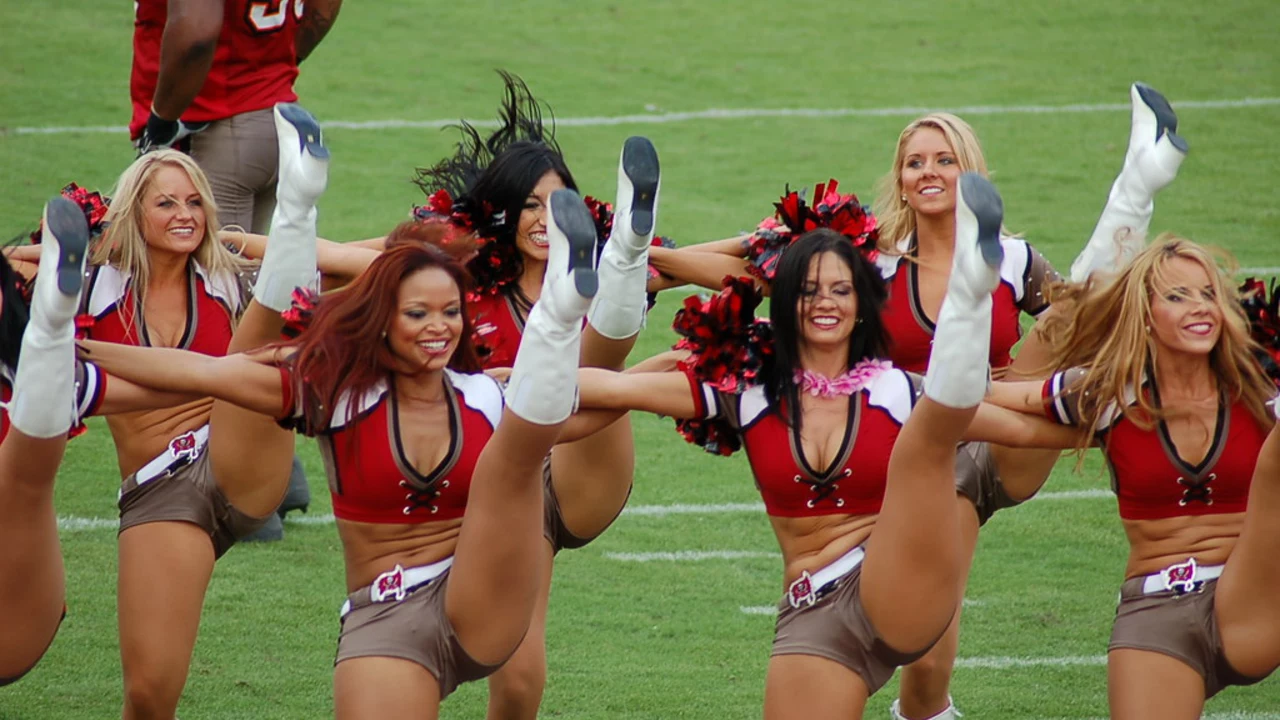The Intersection of Soccer and Sexual Orientation
Sometimes, life kicks you a curveball, and for Xander, that curveball was realizing that there is a quite significant representation of lesbian women in the field of soccer. As a blogger who always tries to delve deeper into any topic, I naturally became intrigued - why are so many female soccer players lesbian? It is an interesting blend of sports and sexuality that deserves some attention.
So let's dive in. To start with, we must understand that human sexuality is not governed by the sports that one plays. It may seem an obvious truth, but it is worth mentioning. The reverse is also true - one's sport of choice isn't determined by their sexuality. Simple as it may sound, it helps to set a solid foundation for this exploration.
Historical Analysis
The lens of history can often shine some light on present situations. If we look at the chronicles of women's sports, particularly soccer, we realize that it has been a refuge for many women who resisted gender norms. In the earlier part of the last century when women started playing soccer, society and its norms were much more rigid- women playing sports were already seen as pushing the boundaries. It was a natural home then for women who were already challenging societal expectations by being openly lesbian.
This historical connection between women's soccer and being openly lesbian can provide some explanation to our question, but it is not the whole truth. Yes, there is a deep-rooted history, but also there has been a continued culture of openness and acceptance that has ensured that woman's soccer is a space where you can be yourself. There is a camaraderie, a sense of belonging, that makes it a safe space for individuals who might feel otherwise marginalized.
Understanding Societal Influence
Societal influence plays a significant role in every aspect of our lives. It shapes our identity, preferences, and even how we express our sexuality. And it is no different in the case of female soccer players. The fact that a large number of them are lesbians could lead one to believe that this correlation is influenced by society and the expectations it has of female athletes, and those of the LGBT+ community.
It's possible that a competitive environment like soccer, traditionally considered a man's game, could provide the impetus for a shift in sexual orientation. However, this is also a sweeping generalization and oversimplification. Each athlete's journey is personal and their own; it's essential to respect that above all.
A Culture of Acceptance
Acceptance often breeds growth; the same principle applies here. The culture of accepting non-heteronormative sexualities within the women's soccer community could also result in an increased number of lesbian players.
Unlike many other sports fields, women's soccer has not only accepted but celebrated its lesbian players. It is a sport known for its liberal mentality and culture of acceptance, providing a safe space for individuals to come out. The culture of acceptance has certainly played a part in making soccer a sport that attracts lesbians.
Visibility of Lesbian Athletes
Visibility matters. The more people see others like them in the spotlight, the more they feel at ease to be themselves. The visibility of lesbian athletes in women's soccer is unlike most other sports, making it an attractive option for those grappling with their sexual orientation.
I am reminded of what Megan Rapinoe, one of the most prominent names in women's soccer, said about her own sexuality - "By standing up, being out and being proud, I hope to offer a sense of visibility to others." Her coming out had far-reaching implications beyond just her own life. It encouraged many young women to come forward and embrace their sexual orientation.
Representation in Media
The representation of lesbian soccer players in the media also plays an essential part in this discussion. Media representation is a powerful tool in shaping public opinion, and when used appropriately, can help promote inclusivity and acceptance, both of which are crucial aspects in this discussion.
With adequate media representation, more individuals feel comfortable coming out. It leads to a cycle where more representation leads to more acceptance, which then leads to more visibility, and so on. The impact of media representation must not be overlooked in this discussion.
The Role of Supportive Institutions
I can't discuss this topic without talking about the institutions that support these athletes. Influential institutions like the Women's Soccer League and the National Collegiate Athletic Association (NCAA) have exceptionally inclusive policies. They support and protect their athletes irrespective of their sexual orientation.
Their support has had a tremendous impact on the lives of many female soccer players. The key role of these institutions in promoting an accepting and safe environment is significant in this regard.
Conclusion
Concluding on the note that every individual's journey is unique, the large representation of lesbian women in women's soccer is a multifactorial phenomenon. And it's not just about the numbers. It's about the culture of acceptance, the historical roots, the societal influence, the visibility, representation in media, and the supportive institutions that have contributed to this scenario.
The resolve and fearlessness of these women to own their identity in a world that often shies away from discussions about sexuality are nothing short of inspirational. And while my curiosity was piqued by the number of lesbians in women's soccer, I end up with an admiration for a sport that celebrates diversity and embraces uniqueness.
